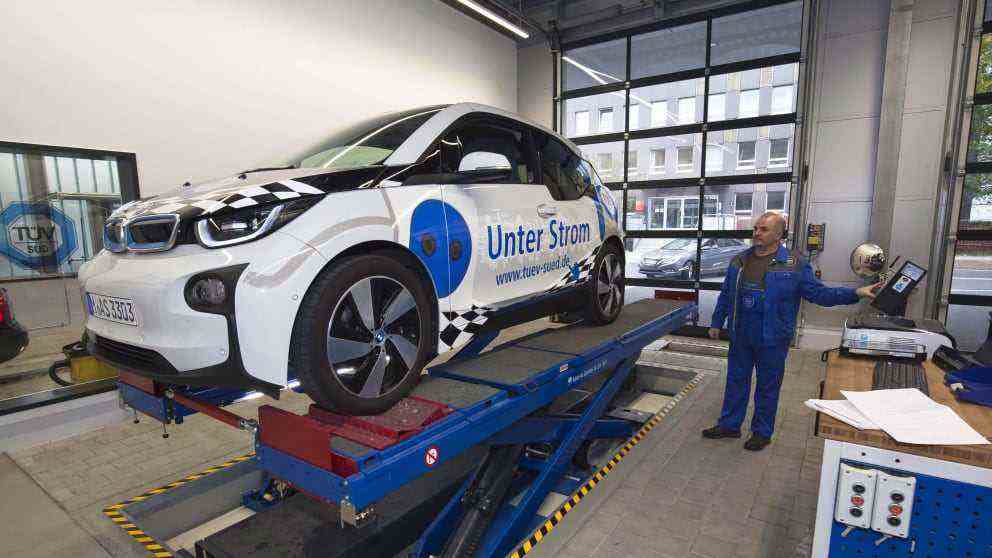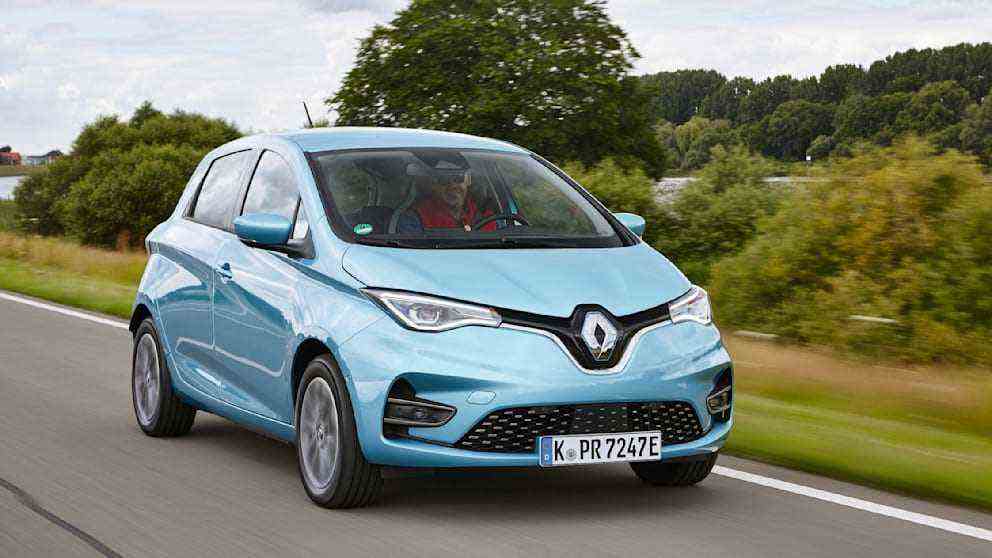Brakes, lights, wishbones and axle suspension – the greatest weak points of e-cars!
The wait is finally over! “For the first time, a sufficient number of electric cars drove up to the TÜV test centers to be able to carry out a preliminary assessment of the technical safety of the vehicles,” says Dr. Joachim Bühler, Managing Director of the TÜV Association.
The e-models BMW i3, Renault Zoe, Smart Fortwo Electric Drive and Tesla’s Model S were scrutinized. The first special evaluation of the results of the main inspection (HU) shows: After three years, electric cars are only doing so-so overall.
Overall, the TÜV report, Germany’s most important used car guide, lists 128 vehicle models in the ranking of two to three year old cars. The four e-models are not currently listed, as they have only been sold in significant numbers in Germany for a few years.
The smallest is big
The proportion of passenger cars with “significant defects” in two to three-year-old vehicles averages 4.7 percent overall. That means 47 out of 1000 cars fail the HU and have to be presented again after the repair. Of the four electric vehicles considered, the Smart Fortwo Electric Drive performed best with a defect rate of 3.5 percent. That would secure it a place in the top third in the TÜV report.
The electric mini streamer from Smart performs well
The BMW i3 takes second place among the evaluated electric vehicles. With a 4.7 percent failure rate, he hits exactly the shortcomings – his placement would also be in the middle.
Defective dipped headlights and defective brake discs make it a bad thing. “Problems with the brake components are typical for e-vehicles, since they are used much less frequently than combustion engines and therefore corrode more frequently,” says Bühler.

On the test bench. The TÜV is now also presenting figures for the BMW i3
Good to know: The brakes in e-cars are used less because the recovery of braking energy (recuperation) automatically decelerates the vehicle. With the so-called One-Pedal-Drive, the vehicle can even be brought to a standstill without the brakes, just by releasing the accelerator pedal. Bühler therefore advises: “Owners of e-cars should apply the brakes whenever possible and service them regularly.”

The Renault Zoe ends up only in the last third
The most popular electric car in Germany is the Renault Zoe. In comparison, he ends up in the last third with a defect average of 5.7 percent. The headlights – defective or poorly adjusted – are also often the reason for diarrhea in French people. However, the Zoe is noticed more often than average due to defects in the axle suspension.
TÜV loser Tesla
Tesla’s Model S performed worst in the four-E comparison. Here, too, the spotlight theme plays a role again. In addition to defects in the fog light and low beam, the wishbones in particular cause problems with the Model S and cause a huge failure rate: 10.7 percent!
This means that around every tenth Tesla Model S fails the first general inspection. In the 128 combustion engine ranking, the Tesla not only ended up in the bottom third, but also in third from last place. Only the Dacia Duster and Dacia Logan perform worse.

